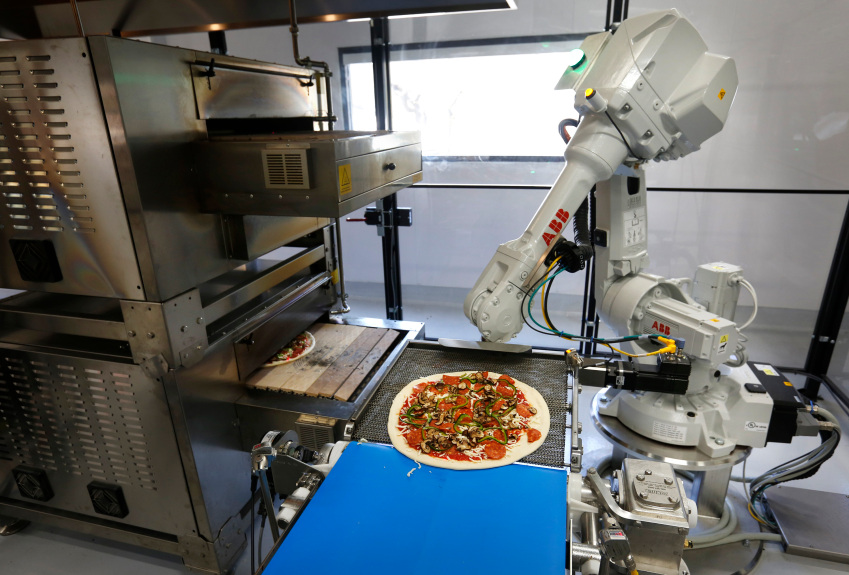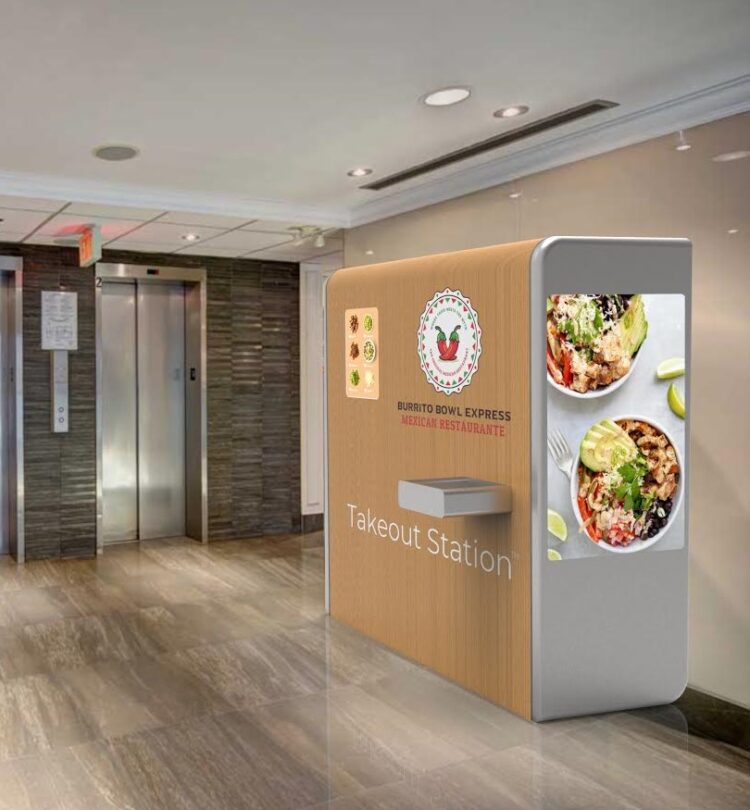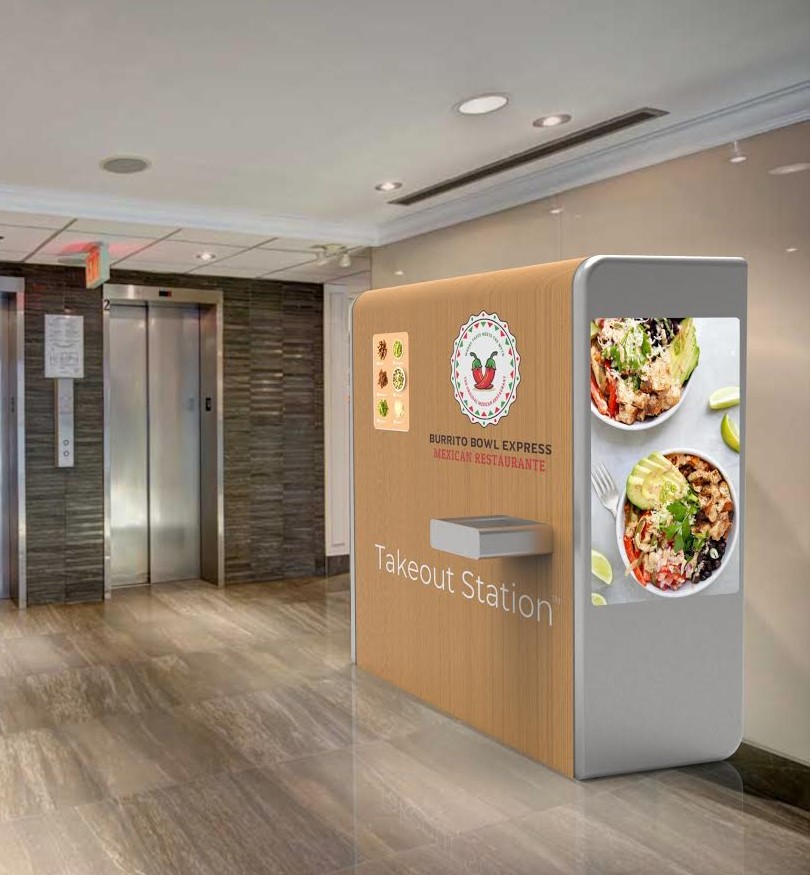The robotics industry is at an inflection point where the baton is being passed from the scientists to the practitioners. In historical terms, we are witnessing the Edisons of the world harness the innovations of the likes of Faraday to create life-changing businesses and wealth. Automation has moved from smart manufacturing and logistics to fry cooking and salad tossing. This in turn has led to a frenzy of mechatronic news with Chowbotics being acquired by DoorDash and Miso Robotics’ Flippy replacing chefs at White Castle. As White Castle’s CEO Lisa Ingram explains, “We believe technology like Flippy ROAR can improve customer service and kitchen operation. This pilot is putting us on that path – and we couldn’t be more pleased to continue our work with Miso Robotics and pave the way for greater adoption of cutting-edge technology in the fast-food industry.”
As more fast food chains seek to mechanize their kitchens, startups are racing to replace labor with machines. The timing could not be better with more than 42% of small businesses reporting a job applicant shortage, according to a recent survey by the National Federation of Independent Business. In the words of one McDonald’s franchisee, “stimulus and unemployment are killing the workforce,” who said labor shortages stopped him from reopening his dining room. This labor void is only exacerbating the inevitable push towards automation.
To better understand the retail opportunities for roboticists, last week I interviewed the founder of the latest entry in the automated food-prep space, Adam Lloyd Cohen of Now Cuisine. Unlike other upstarts that are focusing on augmenting equipment and workflow, Cohen’s business offers franchisees innovative robot-enabled kiosks. As he explains, “Increasingly in the last few years, and with a great acceleration during the pandemic, restaurant dining has been shifting from dining rooms to off-premises (e.g., takeout or drive-through) dining. More recently, third party delivery appeared on the scene and grew rapidly as a new off-premises solution, though one with a steep price.” The founder elaborated his solution is far more economical for operators than teaming up with DoorDash or UberEats in confronting today’s headaches: “Moreover, restaurants have even more problems than delivery. Labor remains in short supply, with very high turnover, and is getting more costly all the time.” When I asked him about other entries, he sharply pointed that his approach is completely novel, “A number of startups have emerged in recent years to apply robotics in the context of a traditional restaurant, hoping to address the labor shortage and improve consistency. Such approaches can help restaurants somewhat, but don’t do much for the consumer, or significantly help the restaurants address increasing demand for off-premises dining, labor issues, and the need for more good locations.” This is Cohen’s mantra, leveraging mechanics and artificial intelligence to serve up meals closer to where consumers work, live, and play.
At first blush Now Cuisine’s Takeout Station looks like a traditional vending machine, but its guts tell a different story. In my conversation with Cohen, he deconstructed his invention, “The next-generation Takeout Station will comprise an ingredient storage system; a multi-axis robotic manipulator; an automated ingredient dispenser; a heating subsystem; a bowl handling and presentation system; control, communication, transaction and display electronics; user interface; and of course, an enclosure and embedded control/UI software.” He currently has one beta machine that makes hot and cold food, basically anything one eats in a bowl from salad to pasta. “The manipulator in one version can transport ingredients from the storage to the heating subsystem, allowing those ingredients which need heating to be quickly brought to serving temperature. The manipulator also can transport ingredients to the dispenser, which serves to dispense them into a bowl (or plate) with minimal food waste and tight portion control. The bowl system loads a new, clean bowl, moves it into position near the dispenser, and once all ingredients have been dispensed, presents the finished meal to the customer,” expounds the inventor. He then proudly boasted on the most important features – customer personalization. “A high degree of customization can be provided, since most ingredients are stored separately, allowing many thousands of permutations. A single machine can be stocked with ingredients for multiple recipes, or multiple variations of a given recipe, depending on how storage is allocated to ingredients,” declares Cohen. To validate the demand for such a device, he pointed to recent data from a local pilot installation, “During our public beta we had limited storage capability, so on different days we served either an Indian-inspired or an Italian-inspired grain bowl comprising quinoa pilaf, a choice of chicken or a vegetarian option (e.g., cauliflower with chickpeas), sautéed baby portobello mushrooms, a crunchy nut topping, and a dressing. Customers could select meat or vegetarian and omit any ingredient they didn’t want in their meal. Portion control was excellent, by design.”

While there have been recent headlines of success stories for bots in the smart kitchen, the robot graveyard is filled with high-profile failures. Cohen passionately illustrated the differences between his startup and some of the past industry flops: “Though I’m not intimately familiar with either company’s history, Zume (now in the compostable takeout packaging business) may have failed in its original business for several reasons: a) unappealing (and likely poor) economics in the use of costly robotics to partially eliminate labor in pizza making (probably offset by the costly engineering talent they hired); b) apparently poor ability to execute on the idea of cooking pizza as it’s being delivered; c) excess capital, which may have led to poor business decisions. Meanwhile, my impression of Café X is that it also suffered from lack of a strong use case for costly robotics, especially given their machines I believe always required a human to be present, and that the value to the customer was more in the way of providing entertainment (which doesn’t easily result in repeat business) than in making a particularly good and/or inexpensive cup of coffee.” He stressed that unlike these technology-first iterations, Now Cuisine is restaurant centric. “We’re helping to solve huge problems for restaurants, especially by giving them a cost-effective alternative to third-party delivery, and one that allows them to reach customers that delivery can’t (those too far away, those who wish to eat when the restaurant is closed (example: a college student in a dorm up late before an exam),” professes the founder.
In addition to robots improving operating margins and adding new revenue opportunities, in light of the pandemic and e-coli bacteria scares, machines are a panacea to guarantee food safety for consumers. “Consumers have become more conscious regarding safety. The idea of eating from a machine with less human contact has become more acceptable, and in many cases, appealing. We’ve taken food safety and food sensitivities and preferences very seriously: Consumers will be able to have total confidence they won’t become ill, have an allergic reaction, or eat something they don’t want to eat, when using our machines,” describes Cohen.
In looking out 5-10 years, Cohen is very focused on his own approach, ignoring the buzz of other solutions. “While ghost kitchens certainly reduce real estate costs and can save on labor, brands using them remain dependent on delivery, as ghost kitchens typically don’t bring food closer to the consumer,” quips Cohen. He further demurred aerial deliveries, “As for drones, I don’t think we’ll see a future when thousands of drones fly lunch to office and apartment buildings, darkening the skies and creating a horrible noise: People aren’t going to want that, to say nothing of the risks.” As ffVC is a seed investor in Manna, which recently secured $25 million in Series A financing, I know firsthand the opposite is true about drones. In the words of Manna’s founder Bobby Healy, “The Covid-19 pandemic forced consumers across the world to re-assess how they source their goods and opened our eyes to the fragility of our supply chains. There is a huge appetite for a greener, quieter, safer, and faster delivery service. We are already working with our partners to deliver grocery products, takeaways, and pharmaceutical supplies, and as we continue to scale our fleet of drones we will also begin supporting critical medical deliveries.” Healy reminds us that just like a set table there are many utensils available, each with its own use and skill.




